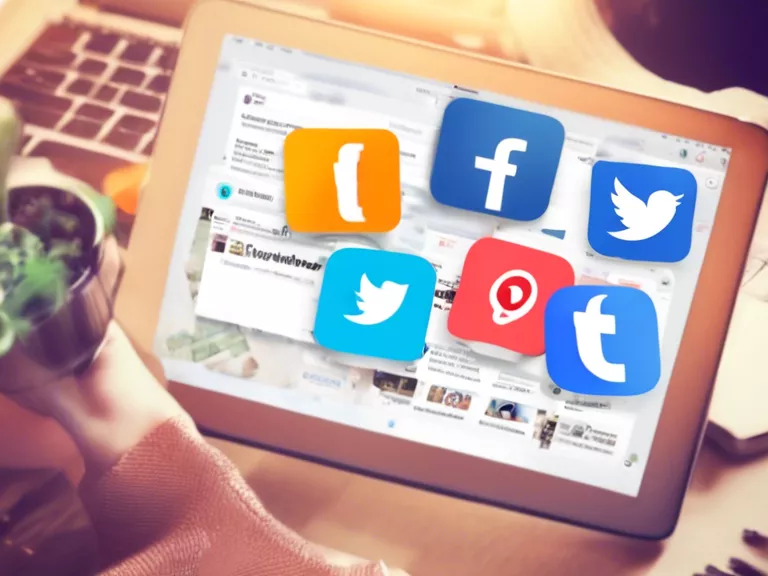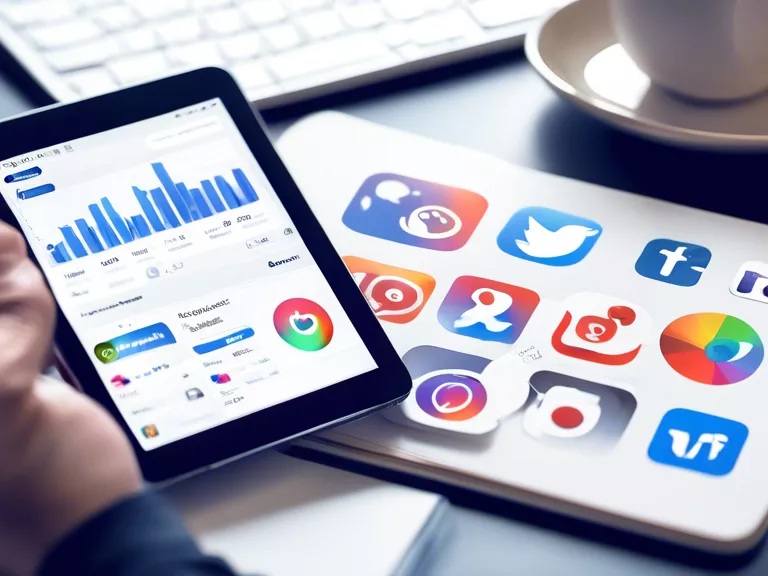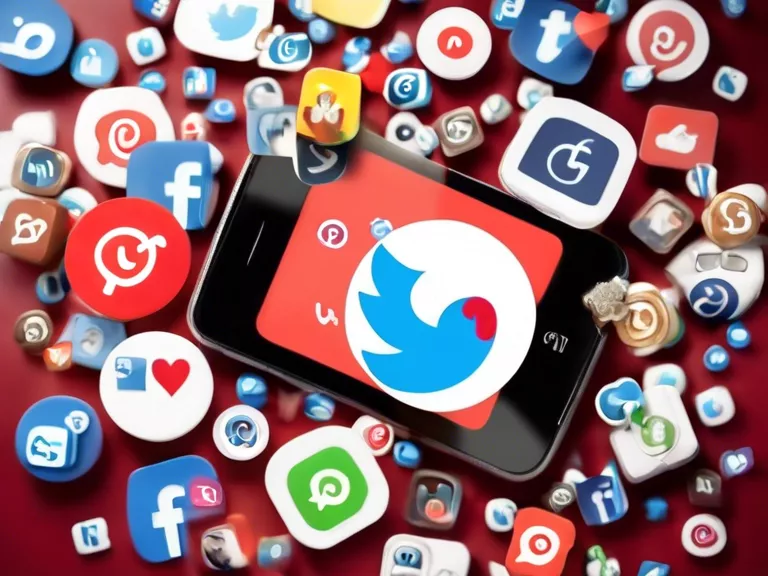
In today's digital age, social media has become an integral part of our daily lives. We scroll through endless feeds, giving likes and comments, and consuming vast amounts of information. However, with the rise of digital detox movements, people are starting to question their social media usage patterns and the impact it has on their mental well-being.
Digital detox movements encourage individuals to take a break from their devices, particularly social media platforms, in order to combat the negative effects of constant online engagement. This includes feelings of FOMO (fear of missing out), comparison, and information overload. By unplugging and taking time away from screens, people aim to reevaluate their relationship with technology and re-prioritize real-life interactions.
The impact of digital detox movements on social media usage patterns is significant. People are becoming more aware of the time they spend online and the quality of content they consume. Instead of mindlessly scrolling, individuals are intentionally choosing when and how they engage with social media. This more conscious approach can lead to better mental health outcomes, as people focus on activities that bring them joy and fulfillment beyond the digital realm.
As a result of digital detox movements, social media platforms may also see changes in user behavior. With more individuals taking breaks, there could be shifts in engagement metrics such as time spent on the app, frequency of posts, and overall usage patterns. This may prompt platforms to reassess their algorithms and features to promote more meaningful interactions and responsible usage.
Ultimately, the impact of digital detox movements on social media usage patterns is multifaceted. It challenges individuals to reflect on their online habits, encourages platforms to create a more positive user experience, and highlights the importance of finding balance in the digital world.



